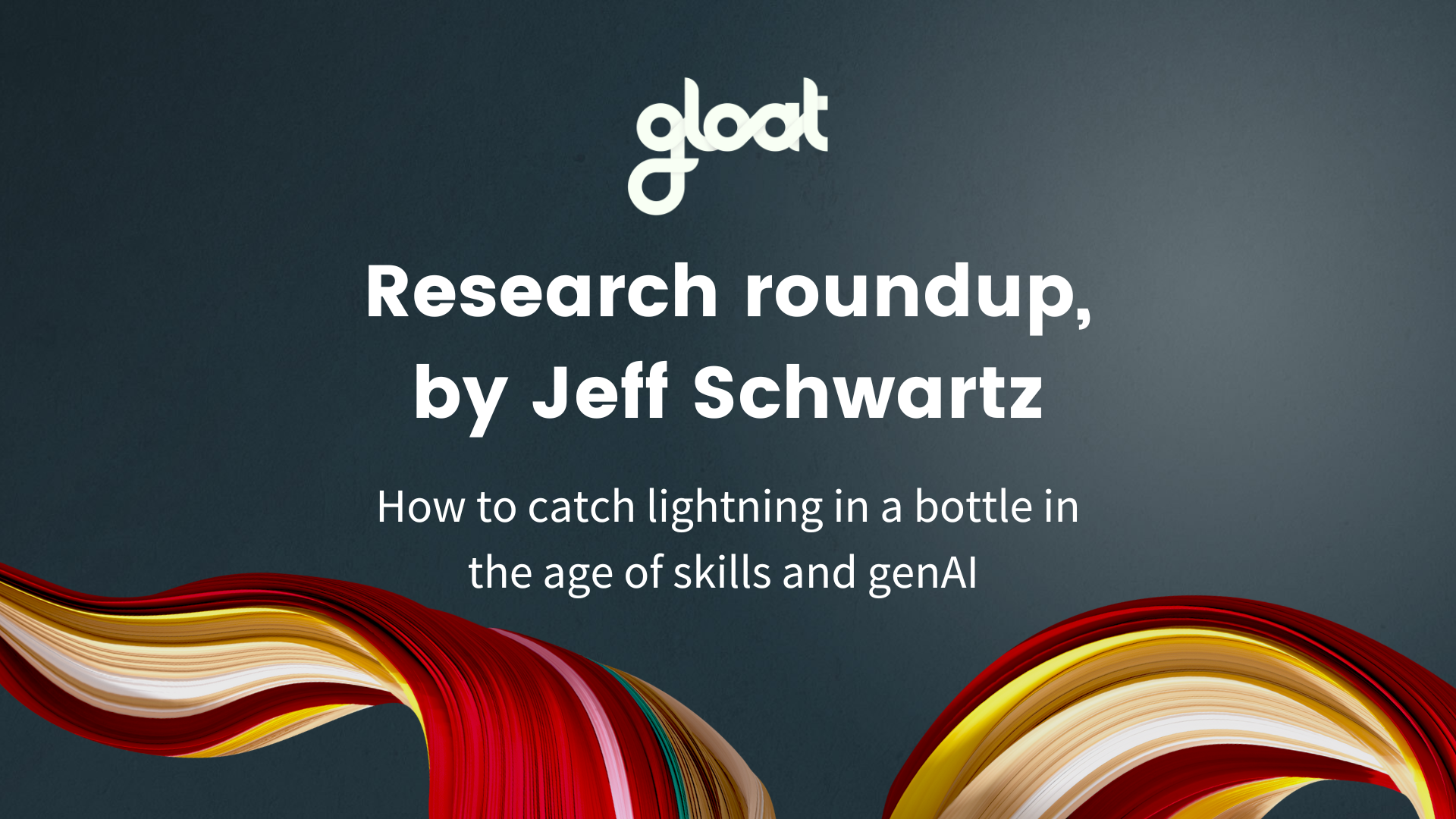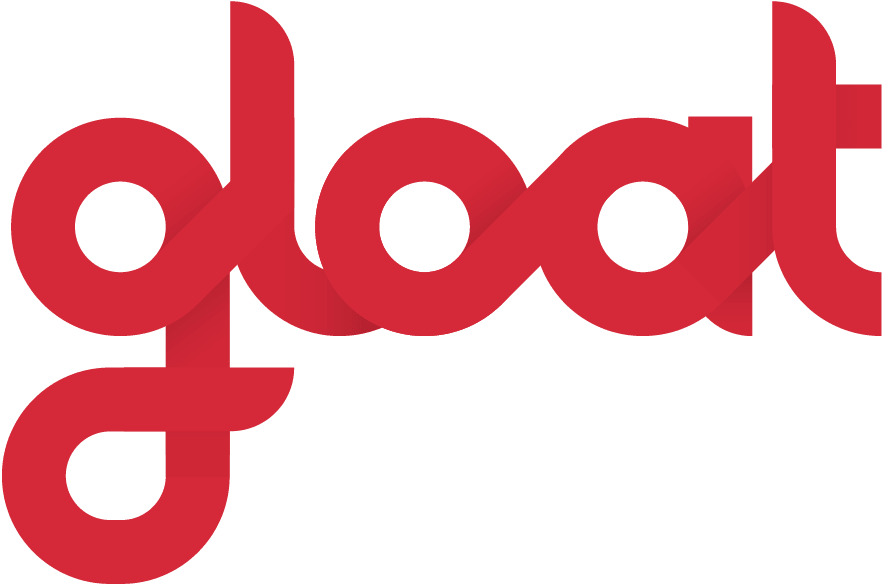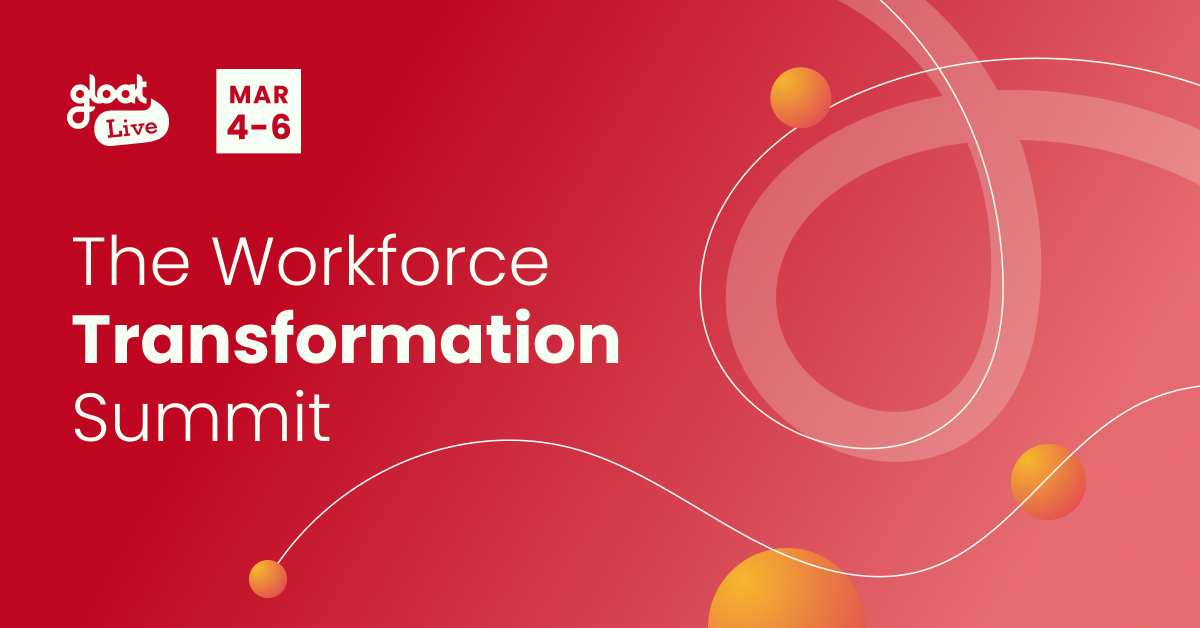H1 research roundup: How to catch lighting in a bottle in the age of skills and genAI
What I am reading, listening to, and thinking about in the world of skills, talent, and AI innovations

Slowly at first. Then all at once.
“If you don’t know where you’re going, any road will get you there.”
It’s mid-2024 and I’m pulled in two directions as I watch, listen, and reflect on what’s happening in the world of work, workforces, and workplaces. First, we’re all trying to figure out the pace of change (I’m thinking a lot, of course, about GenAI, but other factors as well). It reminds me of the quote above, change happens slowly at first. Then all at once. The line is often traced back to Ernest Hemingway in his novel The Sun Also Rises: “How did you go bankrupt? Two ways. Gradually, then suddenly.” That’s how many of us feel about the pace of change.
Second, we’re trying to sort out priorities and directions: sequencing and outputs. What to do first? What second? What third? What’s the goal? Is it an input or an output? I hear this often these days. Our goal is to build a skills catalog, so we can understand what skills our employees have, so we can benchmark what skills we need, so we can… So is the skills catalog the output or is it an input? Are we measuring effort or impact?
Reflecting back on the first half of 2024 and looking forward to the second half of the year and preparing for 2025, in this research round-up I’m thinking about these two questions: where are we headed and what results and impact are we focusing on? And how fast do we need to move?
As we begin the second half of the year, we must land the projects we’ve started and plan for impact in 2025. In the HR and business world, we’re all in a bit of a skills and genAI frenzy. Every company is racing to become skills-based—but without clear insight into the impact you want your shift to skills to have, your transformation efforts likely will fall short. Similarly, leaders will only reap the efficiency-boosting benefits of genAI if they’ve made strategic decisions about the use cases they wish to prioritize and the results they want to achieve.
Rather than making the next six months about frantically doing more, I encourage leaders to reflect on the following question: how can you take all of this activity and direct it so that it has the impact you’re looking for? The challenge we’re facing today is about landing what we’ve started with impact and investing in 2025 so that we can plan for impact. To both land and plan for impact is akin to catching lightning in a bottle; a rare success that’s difficult—but not impossible—to achieve.
To help guide us on our quest to accomplish this powerful and elusive achievement, I’ve curated a selection of articles, podcasts, and research that explores the challenging chapter of work we’re stepping into. From predictions about how genAI will shift work preferences to the latest skills research, the following pieces will equip leaders with the insights needed to plan for impact, putting what was once considered impossible well within reach. Specifically, many of these articles and podcasts present new frames and new ways of thinking, e.g Mckinsey’s research on the growth of project-based work and Bruce Feiler’s book, The Search: Finding Meaningful Work in a Post-Career World. I hope you find these frameworks and mile markers helpful in charting your course for the second half of 2024 and planning for 2025.
Where? What? When?
Where do you want to go?
What impact are you aiming to achieve?
And how quickly do you want to get there?
READ What’s new in thought leadership about AI and the future of work
Today’s industrial revolution calls for an organization to match, McKinsey, by Dado Misljencevic, Sven Houthuys, Tom Welchman, and Ulf Schrader
A timely article from McKinsey & Company on the importance of organization and workforce transformation to reap the benefits of new technologies. Two of the insights that stood out to me most from this article were: 1) Work is moving from standard processes to special projects. “As automation and genAI take over more tasks, human work increasingly centers on the sorts of “special projects” that once accounted for only a small share of day-to-day work.” “The challenge is to flip the ratio from 20% of people in process and 20% in projects to 80% in projects.” and 2) Build internal markets. Leaders can’t wait to assemble effective teams unless they know who in the organization has the required skills. That means both building a skills profile for each employee and making it widely available within the organization.”
Will AI Be a Creator or Destroyer of Worlds?, The New York Times, by Thomas Byrne Edsall
This op-ed by Thomas Byrne Edsall is one of the best articles about AI and the future of work that I’ve read this year. He asks a key question that I think many of us have been grappling with: will AI be a creator or a destroyer? The piece summarizes research from leading thinkers, including Erik Brynjolfsson and David Autor. My takeaway: the future of AI is about choices, not trends. We need to think about what we want to do with AI, how we want AI to impact fairness and equality, and the direction we want to take these innovations as we continue to integrate AI into our daily lives.
Human > Superhuman > Ultrahuman, The Algorithmic Bridge, by Alberto Romero
This article by Alberto Romero is a great read that explores the fast-evolving relationship (or perhaps competition) between humans and technology. It’s a timely discussion of the trajectory from human to superhuman to ultrahuman, which includes examples like ChatGPT (human-level), predictive AI (superhuman-status), and Optimus (currently stuck at subhuman levels of dexterity). It’s worth a read to challenge our thinking on how humans and technology complement and compete with each other.
Latent Expertise: Everyone is in R&D, One useful thing, by Ethan Mollick
As AI use cases go mainstream, Ethan Mollick has a warning for leaders. He explains that after a successful first wave of AI adoption focused on individual use, we’re now entering the second wave, which will be about integrating AI into organizations. Based on his conversations with executives, he believes that many companies view AI merely as a cost-cutting mechanism, as opposed to developing a deeper understanding of the impact this technology can deliver when it’s used to connect the broader workforce and drive innovation. He compares this crucial moment in time to a similar turning point that businesses faced in the 1700s following the invention of the steam engine and the critical adjustments to work and technology that arose in its aftermath. I follow Ethan’s blog and would encourage you to take a look as well.
At the inflection of AI and HR: How we’re equipping employees for the AI era, Mastercard, by Anshul Sheopuri and Lucrecia Borgonovo
Employees are the new customers and, in turn, the tools we use to improve customer experience can also be applied to employee experience. This is exactly what Lucrecia Borgonovo and Anshul Sheopuri demonstrate in their article about applying AI to enhance employee experience at Mastercard. They explore five different ways to use AI to improve how employees work, grow, and manage their careers, including 1) AI as a career coach, 2) AI as a wellbeing guide, 3) AI as a workflow assistant, 4) AI as a co-pilot, and 5) AI as a workforce planning partner.
The Next 50 Years at Work, Boston Consulting Group, by Leila Hoteit, Anton Stepanenko, Pavel Luksha, Sagar Goel, and Leonid Gorenburg
Sometimes, the best way to plan for the year ahead is by working backward and looking into the future. This Boston Consulting Group series on the next 50 years of work allows us to zoom out to see the challenges that await so that we can then zoom in and make strategic near-term decisions. One of my favorite quotes from this article is “New futures, new work strategies, new combinations of people and technologies (including robots and AI) on teams require new skills and mobility.” I couldn’t agree more that the future of the workforce is about putting people and organizations in motion.
The secret to career success may well be off to the side, The Economist
We hear it time and time again: employees are looking for ways to grow their skills and take their careers in a new direction. But how can leaders enable this type of talent mobility at scale? More and more executives are viewing talent marketplaces as the answer, as this article in The Economist explores. To illustrate the demand for increased internal mobility, the piece references a recent poll of American workers for Colorado State University Global in which almost 50% of respondents said they would feel more motivated if they were part of a new process or project. Consequently, it’s pretty clear that if leaders want to keep morale high, they’ll need to create pathways to empower their people to learn new things.
The Next Wave: Fractionalized Employees, The Future Does Not Fit In The Containers Of The Past, by Rishad Tobaccowala
Imagine if one could get both the continuity and loyalty of a long-term employee with the flexibility of a part-time employee and the expertise of a freelancer and do so in a way that both grows employees and retains them in the long run. This is the Fractionalized Employee. Every employee in the company is given a choice to work 100%, 75%, or 50%. Here at Gloat, we’ve seen a variation of this for several years as the result of the adoption of talent marketplaces which allow employees to work on a portfolio of internal projects and gigs. This shift is giving employees the flexibility to work different percentages of a “traditional” full-time role and assemble portfolios of lateral and vertical skill-building opportunities.
LISTEN What I’ve been playing on repeat
Dave Ulrich: The ROI of HR is “Return on Intangibles”, The Modern People Leader, with David Ulrich and Daniel Huerta
If there’s one podcast you listen to from the first half of the year, make it this episode of The Modern People Leader with author and professor David Ulrich. During his conversation with co-host Daniel Huerta, the two discuss HR’s role in adding value to customers and investors and the unique opportunity HR leaders have to drive productivity and innovation by prioritizing employee development, growth, flexibility, and purpose. They also spotlight a handful of important questions HR leaders should ask themselves, which are ideal for reflecting on your H1 progress and preparing for the months ahead.
Skills-powered organizations in the Age of AI, Mercer, with Ravin Jesuthasan, David Green, and Tanuj Kapilashrami
In case you missed this conversation between these three HR visionaries, catch their LinkedIn Live session to uncover some eye-opening insights about the role AI and automation play in skills transformations. If you’re looking for even more of their unparalleled expertise, make sure to check out Ravin and Tanuj’s forthcoming book, Building the Skills-Powered Organization, which offers step-by-step guidance for both new and seasoned leaders who are looking to future-proof their organizations for the post-fourth industrial revolution world.
The Future of the Workforce Has Arrived, Can’t You See It, The Josh Bersin Company, Josh Bersin
The future of work is over, Josh Bersin argues in a recent podcast episode. As the industrial work model comes to a close, we’re all firmly setting foot into the next chapter of work. He goes on to discuss some of the defining trends of this new era, including gig and part-time work going mainstream and companies shifting to prioritize employee reskilling and continuous learning agility. He also calls out some of the key differentiators that top-performing companies share, including a clear mission, strong leadership, and a focus on employee development and support.
Finding Meaningful Work in a Post Career World, The Edge of Work, with Al Dea and Bruce Feiler
One of our greatest opportunities today is reframing how we think about work, workforces, and workplaces. Enter the idea of a “Post Career World”, which is the topic that Al Dea and Bruce Feiler discuss in this can’t-miss podcast episode. Following the release of his book, The Search: Finding Meaningful Work in a Post-Career World, Feiler presents a wide range of insights about how our lives are evolving from jobs and careers focused on means (of making a living) to meaning. It’s a great narrative on the role of work and life in the 21st century, the history of careers (a 20th-century invention) and resumes (a phenomenon of the 1950s). I love his discussion of linear expectations in a nonlinear world. He closes with a great summary on what gives work meaning (the ABCs): agency, belonging, and a cause.
THINK What research and studies are saying about our path forward
How Work Preferences are Shifting in the Age of GenAI, Boston Consulting Group, by Jens Baier, Orsolya Kovács-Ondrejkovic, Tobias Zimmermann, Pierre Antebi, Susan Gritzka, Sacha Knorr, Vinciane Beauchene, Carmen Marquez Castro, Zoë McFarlane, Anja Bates, Niharika Jajoria, Julie Bedard, and Ashish Garg
We all know that AI is changing work. But did you know employee preferences are shifting simultaneously? This research from Boston Consulting Group explores how workforce priorities are evolving, including shedding light on employees’ growing curiosity about AI and their desire to learn how to use it effectively. According to the research, nearly 60% of respondents are open to reskilling without qualification, while another nearly 40% would learn new skills if necessary. These findings underscore the opportunity we have to equip our workforces with the insights needed to harness AI effectively and their growing interest in honing these skills.
A new future of work: The race to deploy AI and raise skills in Europe and beyond, McKinsey, by Eric Hazan, Anu Madgavkar, Michael Chui, Sven Smit, Dana Maor, Gurneet Singh Dandona, and Roland Huyghues-Despointes
This timely research from McKinsey & Company focuses on the intersection of the future of work, AI, and the need for new skills and reskilling. Based on the scope of the reskilling challenge that lies ahead, the authors propose four key priorities for leaders looking to seize this moment, including 1) Understand the potential, 2) Plan a strategic workforce shift, 3) Prioritize people development, and 4) Pursue the executive education journey on automation technologies. The research also emphasizes the importance of retraining, given that many survey respondents are currently worried about not finding the right skills by 2030. More than one in four respondents said that failing to capture the needed skills could directly harm financial performance and indirectly impede their efforts to leverage value from AI.
Generative AI and the Future of Work, Deloitte, by Nicole Scoble-Williams, Diane Sinti, and Gregory Vert
Thanks to my colleagues and friends at Deloitte Consulting and the Future of Work Team led by Nicole Scoble-Williams for this insightful report on genAI and the future of work. It’s both a great primer and road map on how to approach building AI capabilities and how to re-architect work to focus on how we combine the skills of people and technologies. I particularly appreciated the emphasis on redesigning work, not only jobs, by focusing on outcomes, possibilities, and combinations of people and AI to drive better results for our businesses, people, customers, and communities.
The 2023/2024 Skills Snapshot Survey report, Mercer, by Brian Fisher, Melba Gant, Vasilis Hatzopoulos, Katie Jenkins, Heather M. Ryan, and Peter Stevenson
This great report from Mercer explores how companies are leveraging AI to empower their workforces and the benefits of embracing skills-based talent and rewards practices. One of my favorite quotes from the piece comes from Ravin Jesuthasan, author of the forthcoming book The Skills-Powered Organization who describes today’s skills imperative by noting, “It is clearer than ever that organizations are well on their way to making skills the currency of work. This study provides compelling evidence of how legacy mindsets, skill sets, and toolsets are transforming to embrace this new reality.”
Strategic Shift: Skills-Powered Organizations in the Age of AI, Mercer, by Ravin Jesuthasan
If you’re looking for more skills insights from Mercer Senior Partner and author Ravin Jesuthasan, don’t miss this report, which highlights how shifting to a skills-powered approach will benefit both employers and employees. There’s even a dedicated checklist to break down key steps in the transformation process, including 1) Create a framework, 2) Decide on the technology, and 3) Develop a skills taxonomy. So if you’re looking for step-by-step guidance along your own journey, think of this report as required reading.
Let us know what you would add to our list




